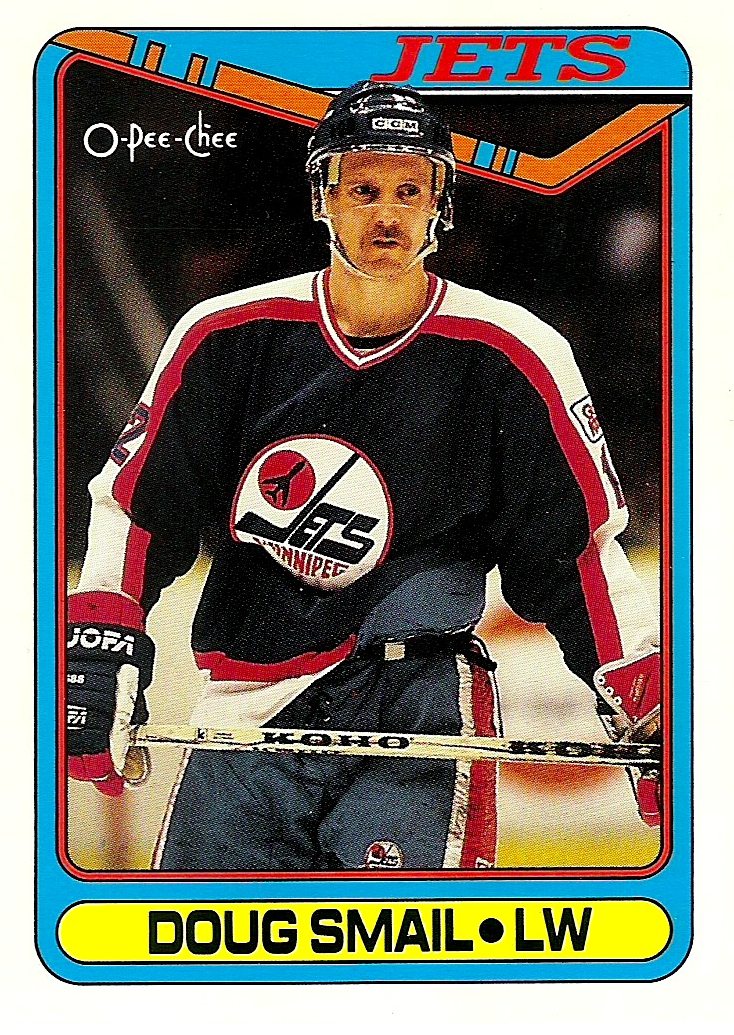seventieslord
Student Of The Game
Weyburn fills the last backup goalie spot with the only other guy for whom significant consensus exists: Viktor Zinger.
noteable hockey historian in 2011 said:
Zinger’s domestic achievements are quite staggering for a soviet player available this late:
1966: 2nd team all-star (behind Konovalenko)
1967: 2nd team all-star (behind Konovalenko)
1968: 2nd team all-star (behind Konovalenko)
1969: 1st team all-star, MVP runner up (behind Firsov)
1970: named to “34 best players”, or more specifically, “3 best goalies” – only a 1st AST was named so Zinger was 2nd-3rd
1971: 3rd team all-star
1972: named to “30 best players”, or more specifically, “4 best goalies” – only a 1st AST was named so Zinger was 2nd-4th
1976: 8th in MVP voting – 2nd among goalies – there was no “top 30 players”
That’s 7 consecutive significant seasons, a few off years, and one final season renaissance.
Led by Zinger, Spartak Moscow captured the USSR title in 1967, 1970, 1971 and 1976, a pretty amazing achievement in a CSKA Moscow-dominated league. The 1976 title was earned by top regular season record, but 1967, 1970 and 1971 were the result of 4-round playoffs, in seasons where Spartak was not the favourite heading in (2nd and 4th in the regular season).
hockeyarchives.info said:Spartak Moscow retains the USSR Cup. After two qualifications on penalties, it runs in the second period of the final with two goals from Konstantin Klimov.
hockeyarchives.info said:Two years after the Krylia Sovietov, it was the turn of the Spartak Moscow CSKA to dethrone the imperial title of champion of the USSR. The club's fourth win of intellectual professions, the first in the annals 60 years, welcomed the many fans of the team's most popular country, which does not have the considerable support of the key instruments of the system are the Army (CSKA ) and militia (Dynamo).
He didn’t play as many international games as Konovalenko, so he is appropriately selected behind Konovalenko, but he should not fall as far as he has.
Here is a brief summary of their international experience:
Konovalenko played 53 games in top IIHF tournaments, going 47-4-2 (.906). He allowed 87 GA for a 1.61 GAA.
Zinger played 21 games in these tournaments, going 19-2-0 (.905). He allowed 32 GA for a 1.52 GAA.
Because in a small sample size it is very important to consider the competition each goalie faced, and since Zinger was second fiddle, it’s very possible that they only used him against lesser teams. But here is the breakdown for each of them:
Konovalenko: FIN 10, SWE 9, CZE 9, GER 8, USA 8, CAN 5, POL 3, HUN 1
Zinger: GER 6, CAN 4, SWE 3, USA 3, CZE 2, FIN 2, NOR 1
Simplified, if you consider Canada, Sweden and Czechoslovakia tier 1, and USA and Finland Tier 2, and all else tier 3:
Konovalenko: 40% Tier 1, 34% Tier 2, 26% Tier 3
Zinger: 43% Tier 1, 24% Tier 2, 33% Tier 3
Very similar records of usage. Zinger didn’t get as many games against Tier 2, but he did play just as much against Tier 1. Keep in mind this is also in the exact same years, for and against the exact same squads. It appears Zinger earned the superior GAA honestly; though of course Konovalenko maintained his over more than double the games which is more impressive.
To provide some further, but less important depth to the comparison, here is what happened in the other games that Chidlovski lists (Braun Memorial, Izvestia Cup, Exhibition Games) – considering the competition level in these contests could be poor and also vary wildly I don’t believe this to be nearly as important, but it may provide some more illumination. I also don’t have the energy to break down the teams they each played in these games.
Konovalenko: 53-11-1, .823, 2.18 GAA
Zinger: 27-6-4, .784, 2.65 GAA












